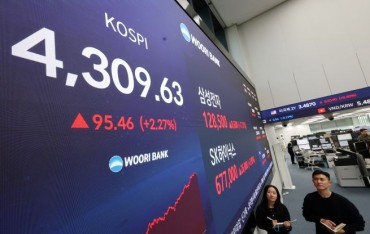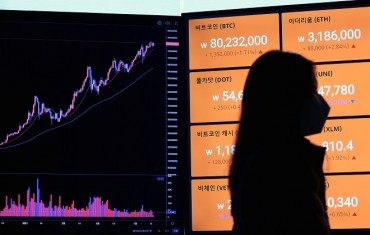
The Gini coefficient is one of the main measures that gauge income disparity between the haves and have-nots. A reading of zero means complete income equality, while higher numbers nearing 1 indicate a widening gap. (Image: Yonhap)
SEOUL, June 7 (Korea Bizwire) – The ratio of the middle class in South Korea fell slightly last year amid growing income disparity, the finance ministry said Tuesday.
The ratio of the middle class stood at 65.7 percent in 2016, down from 67.4 percent a year earlier, according to the ministry.
South Korea defines the middle class as households with between 50 and 150 percent of the country’s median income.
Last year, the median income of a four-person household stood at 4.39 million won (US$3,900) per month, according to Statistics Korea.
The decline of the middle class is blamed on widening income inequality despite the government’s efforts to narrow the gap between the rich and poor.
The Gini coefficient of total income of an average household stood at 0.353 in 2016, up from the previous year’s 0.341, according to data compiled by Statistics Korea.
The Gini coefficient is one of the main measures that gauge income disparity between the haves and have-nots. A reading of zero means complete income equality, while higher numbers nearing 1 indicate a widening gap.
South Korea’s total income distribution ratio — a key barometer of earnings equality — reached 9.32 last year, up from 8.24 tallied in 2015.
It means that the top 20 percent income bracket had nine times more earnings than those in the bottom 20 percent last year.
But in terms of disposable income, the ratio reached 5.45 last year, up slightly from the previous year’s 5.11.
(Yonhap)






